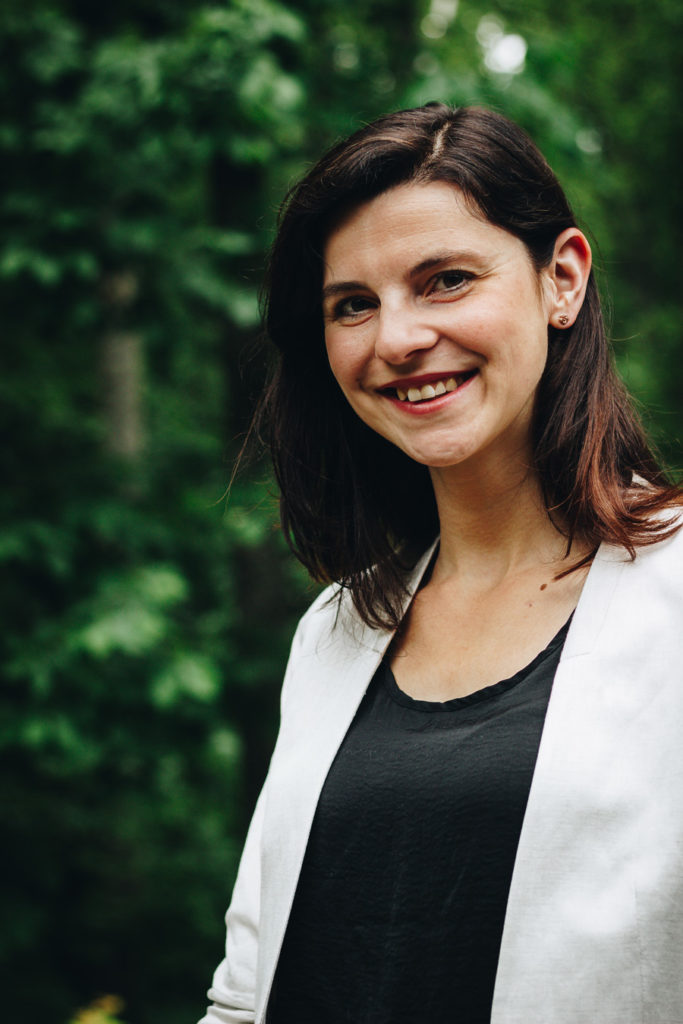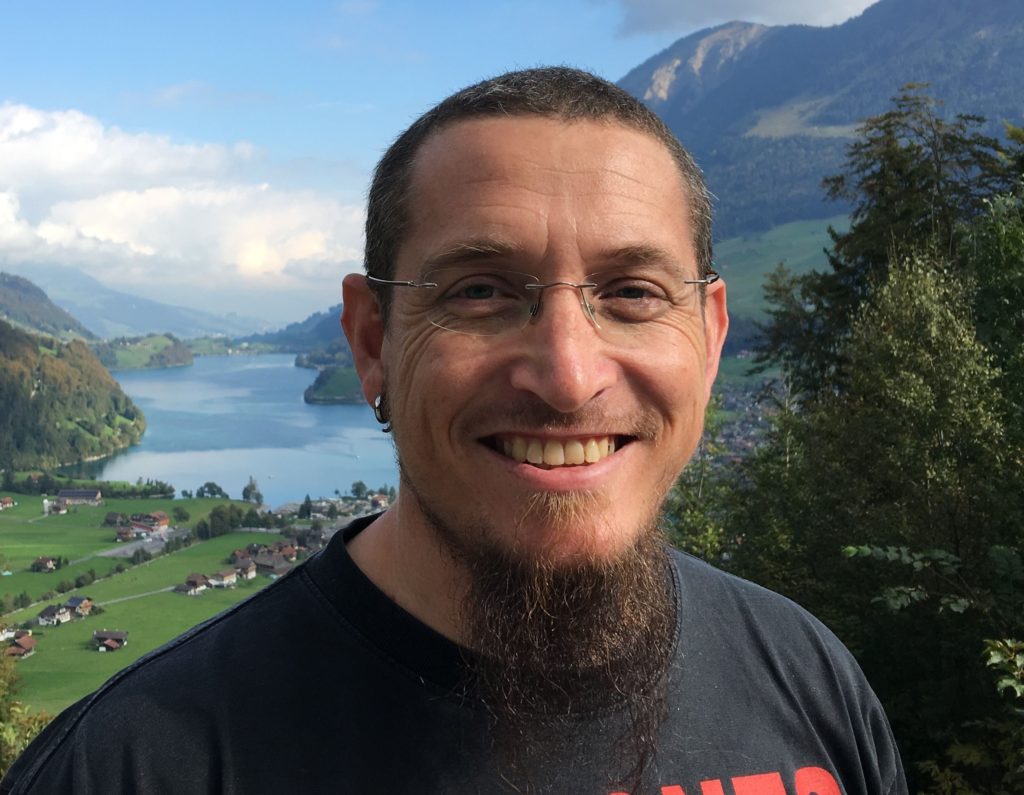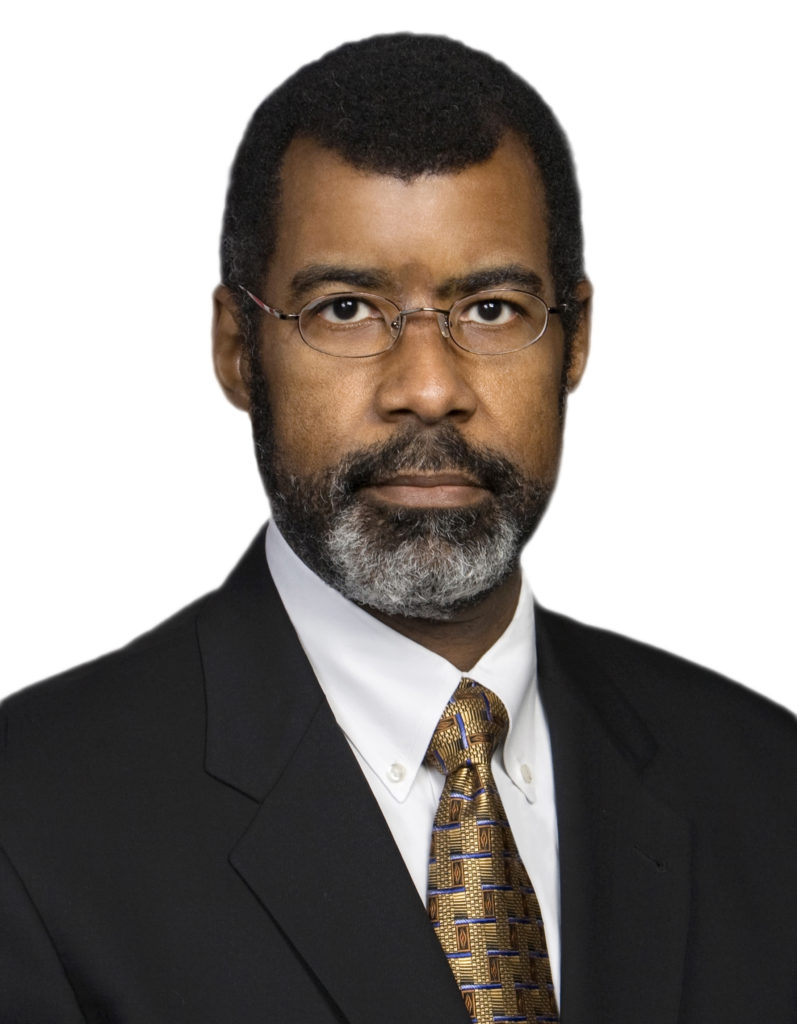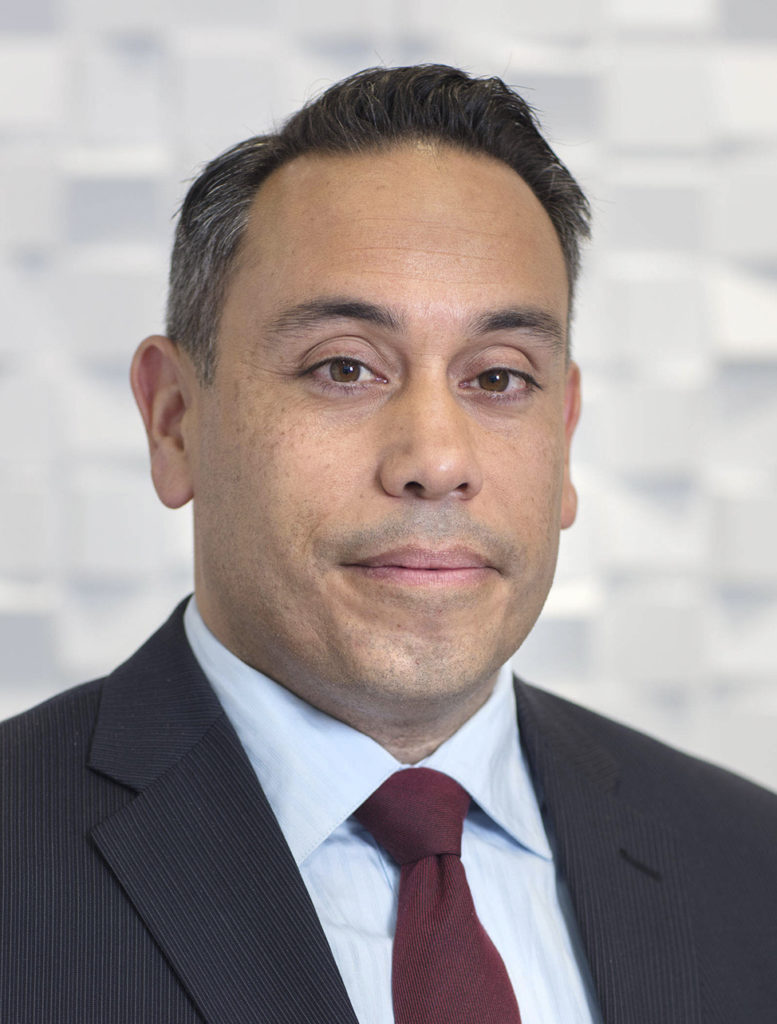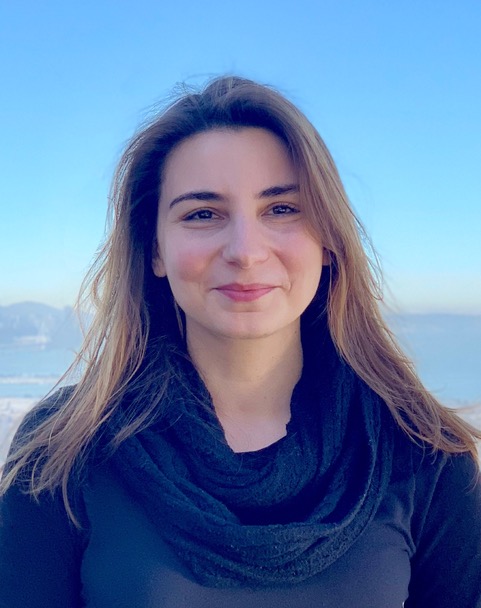Fall 2020 Colloquium Series
Complex Oxides in the Nuclear Fuel Cycle – New Activities at UC Irvine
Complex Oxides in the Nuclear Fuel Cycle – New Activities at UC Irvine, Assistant Professor, Department of Chemistry and Materials Science and Engineering at UCI SPEAKER: Sarah Finkeldei Assistant Professor Department of Chemistry and Materials Science and Engineering at UCI DATE/TIME: MON, 11/16/2020 – 4:00PM TO 5:00PM Fall 2020 Colloquium Series Abstract: Complex oxides with fluorite derived…
Read MoreIsotope Production: Occupation and/or Adventure
Isotope Production: Occupation and/or Adventure, Dr. Etienne Vermeulen, Senior Scientist, Los Alamos National Laboratory SPEAKER: Dr. Etienne Vermeulen Senior Scientist, Los Alamos National Laboratory DATE/TIME: MON, 11/09/2020 – 4:00PM TO 5:00PM Fall 2020 Colloquium Series Abstract: Radioisotope production is a fascinating field of study that encompasses multiple disciplines, ranging from nuclear physics and chemistry to nuclear engineering…
Read MoreNuclear Energy: Essential to the Energy Transition
Nuclear Energy: Essential to the Energy Transition, William D. Magwood, Director-General, OECD Nuclear Energy Agency (NEA) SPEAKER: William D. Magwood Director-General, OECD Nuclear Energy Agency (NEA) DATE/TIME: MON, 11/02/2020 – 8:00 AM to 9:00 AM Fall 2020 Colloquium Series Abstract: Around the world, governments are taking actions intended to lead to a new, environmentally sustainable…
Read MoreImpact of radiation-induced changes in dimension, mechanical properties and composition of reactor structural components
Impact of radiation-induced changes in dimension, mechanical properties and composition of reactor structural components, Francis “Frank” A. Garner, Research Scientist, Nuclear Engineering Department of Texas A&M University SPEAKER: Francis “Frank” A. Garner Research Scientist, Nuclear Engineering Department of Texas A&M University Professor, Department of Materials Science of Moscow Engineering Physics Institute President, Radiation Effects Consulting…
Read MoreARG-US Remote Monitoring Systems for Packagings of Nuclear and Other Radioactive Materials
SPEAKER: Yung Liu Senior Nuclear Engineer and Manager Packaging Certification & Life Cycle Management Program Decision and Infrastructure Sciences Division Argonne National Laboratory DATE/TIME: MON, 10/19/2020 – 4:00PM TO 5:00PM Fall 2020 Colloquium Series Abstract: In this talk, I will describe the ARG-US (meaning watchful guardian) remote monitoring systems technology developed by Argonne National Laboratory (Argonne) under the…
Read MoreRestoring connection: evolution of engineered cover designs for abandoned legacy waste with respect to Indigenous People
SPEAKER: Dr. Carrie Nuva Joseph (Hopi) Postdoctoral Research Fellow Center for Indigenous Environmental Health Research University of Arizona (UA) DATE/TIME: MON, 10/12/2020 – 4:00PM TO 5:00PM Fall 2020 Colloquium Series Abstract: The US EPA estimates there are approximately 15,000 defense-related abandoned uranium mines located in 14 states with an estimated 75% on federal and tribal land. Of…
Read MoreRapid Nuclear Materials Discovery Through Innovative Approaches to Characterization
SPEAKER: Kevin Field Associate Professor Department of Nuclear Engineering and Radiological Sciences University of Michigan DATE/TIME: MON, 10/02/2020 – 4:00PM TO 5:00PM Fall 2020 Colloquium Series Abstract: Materials can play a pivotal role in advancing the state of nuclear energy both domestically and abroad by increasing safety, efficiency, and operational lifetime. Until recently, most advances in materials…
Read MoreMachine Learning approach to Nuclear Threat Detection
SPEAKER: SIMON LABOV DATE/TIME: MON, 09/28/2020 – 4:00PM TO 5:00PM Via Zoom Fall 2020 Colloquium Series Co-hosted with NSSC Abstract: Conventional approaches to radiation measurements are sometimes insufficient to address the challenges of nuclear threat detection in real-world conditions. Threat-aware signal processing, statistical methods, machine learning, and artificial intelligence are fast becoming an important part of the…
Read MoreGoing From Zero to A Billion: How to Build an Advanced Nuclear Power Plant Indy Style
SPEAKER: CANON BRYAN DATE/TIME: MON, 08/31/2020 – 4:00PM TO 5:00PM LOCATION: Zoom Fall 2020 Colloquium Series Abstract: The nuclear energy industry is transforming from being highly concentrated and government- or multinational- funded to nimble, innovative start-ups funded by the cleantech community. This lecture discusses how it is possible to take an advanced reactor design from the idea…
Read MoreNext-Generation Laser Plasma Spectroscopy Technologies for Nuclear Security
SPEAKER: VASSILIA ZORBA DATE/TIME: MON, 09/14/2020 – 4:00PM TO 5:00PM LOCATION: Zoom Fall 2020 Colloquium Series Abstract: Pulsed laser technologies play a critical role in nuclear security, including remote sensing, safeguards and emergency response. My group’s research focuses on the development of next-generation laser technologies with improved sensitivity, precision, and detection range for nuclear non-proliferation applications. This…
Read More